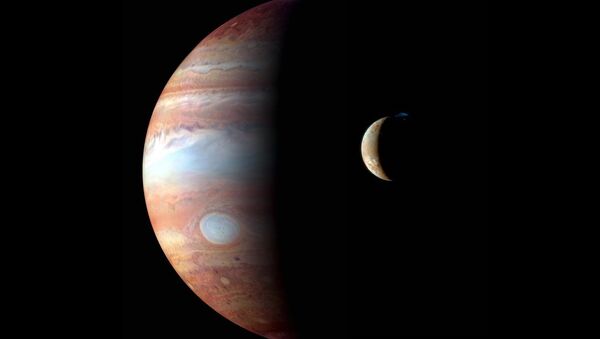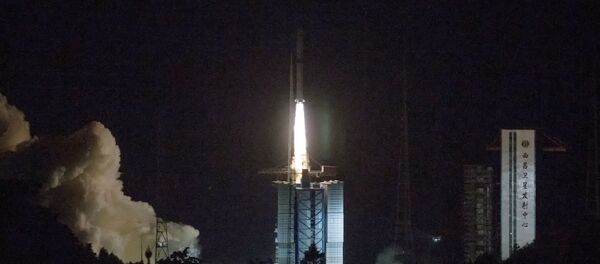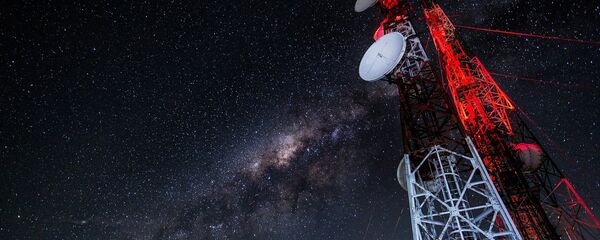Ye, an academician with the Chinese Academy of Sciences and chief scientist with the China Academy of Space Technology under the China Aerospace Science and Technology Co (CAST), made the remarks during a lecture at the Nanjing University of Aeronautics and Astronautics on Thursday, CAST's WeChat public account reported on Monday.
"China will launch the Chang'e-5 lunar probe atop the Long March-5 carrier rocket, whose mission is to return samples from the moon to Earth. Also we are planning to carry out a sample-returning mission to Mars, and to send a probe to Jupiter in the future," Ye said.
As of Thursday, the Yutu II lunar rover has "walked" a total of 178 meters on the moon, Sun said.
Some may question the speed of the lunar rover, given it landed on the far side of the moon in January, four months ago.
"Yutu II is not slow at all," Pang Zhihao, an expert in space exploration technology, told the Global Times on Tuesday, saying that the rover prioritizes safety on the lunar surface by design and it is selecting the most research-valuable path through a rather comprehensive calculation, which takes time.
Sun noted at the event that not only the Chang'e-5 lunar probe mission will be launched by the end of 2019, but also development and research work for further missions, including the exploration of the lunar poles is underway, which will pave the way for the future building of a research station on the moon.
The Mars probe will weigh around 200 kilograms, and have better mobility than the Yutu II.
Pang said that starting from Earth, it takes four to five days to reach the moon, and at least eight months to get to Mars. This means that transmitting a signal from the moon takes only a second, but it takes some 20 minutes from Mars.
"So the Mars rover must have better autonomous navigation and control capability," Pang noted.
READ MORE: China Looks to Secure Space Superpower Status With Earth-Orbiting Power Plants
Also, one unique challenge on Mars is its devastating dust storms, the worst of which could be comparable to a force 12 typhoon on Earth.
Such dust storms occur almost every year on the Red Planet and can last for some three months each time, Pang said. "The Mars probe has to have a better storm-resistance system, whereas Yutu II does not need to worry about it."
So far, the Mars probe program is going smoothly, and the program's flight products have entered the final assembly and testing phase. The program's first probe will be launched by next year, Sun said. "We wish to land on Mars by 2021 in a safe and reliable fashion to conduct probe missions."
This article originally appeared on the Global Times website.





